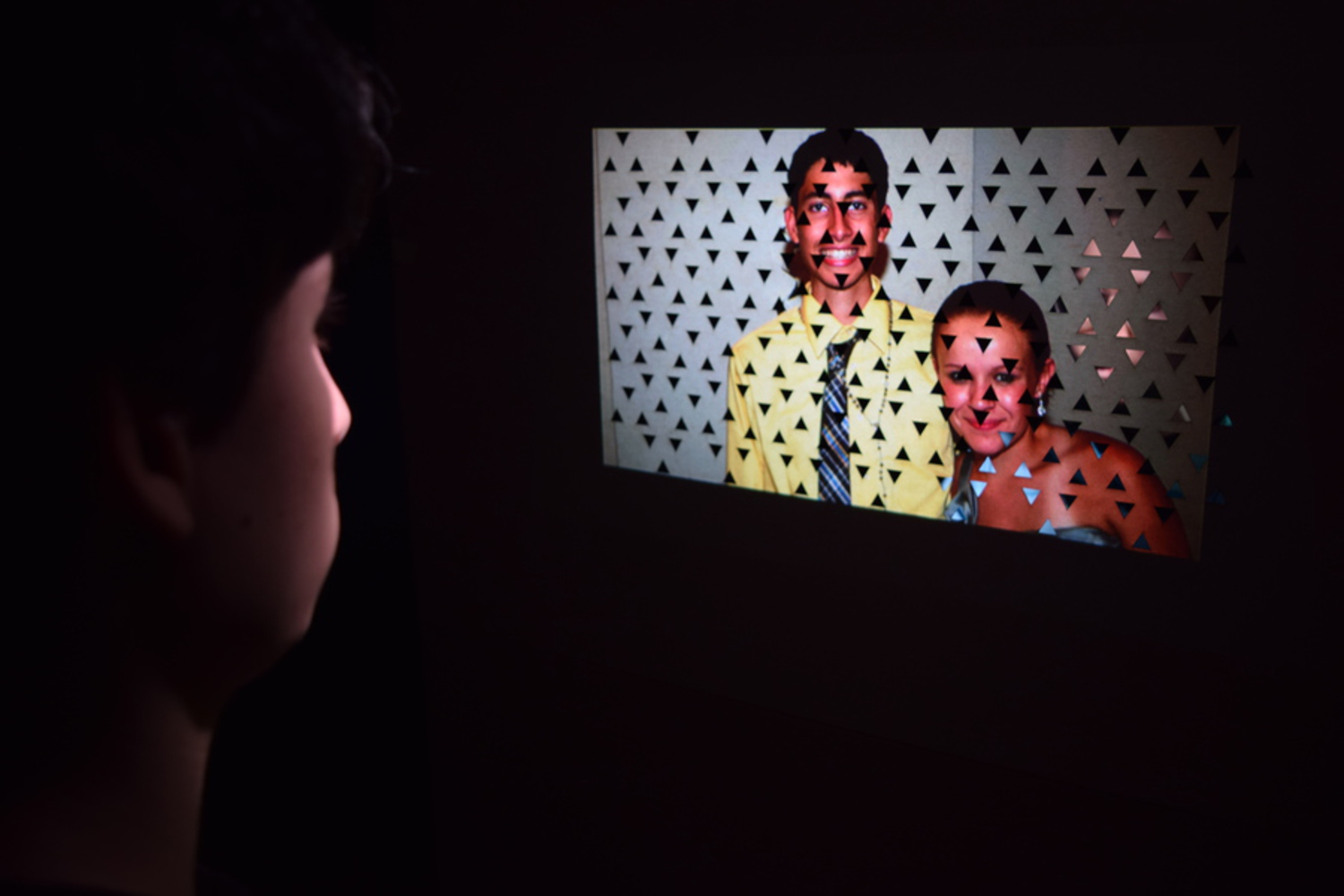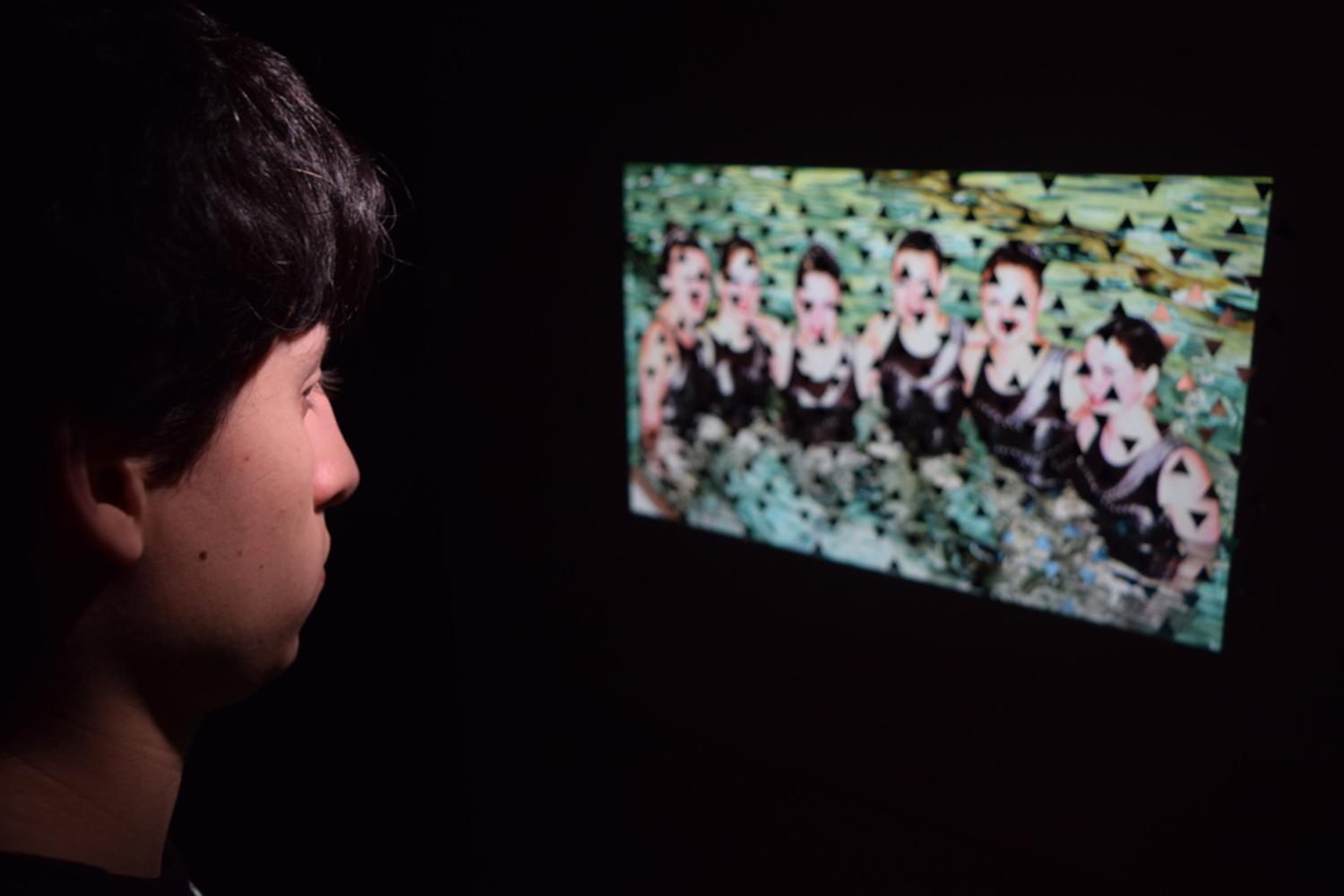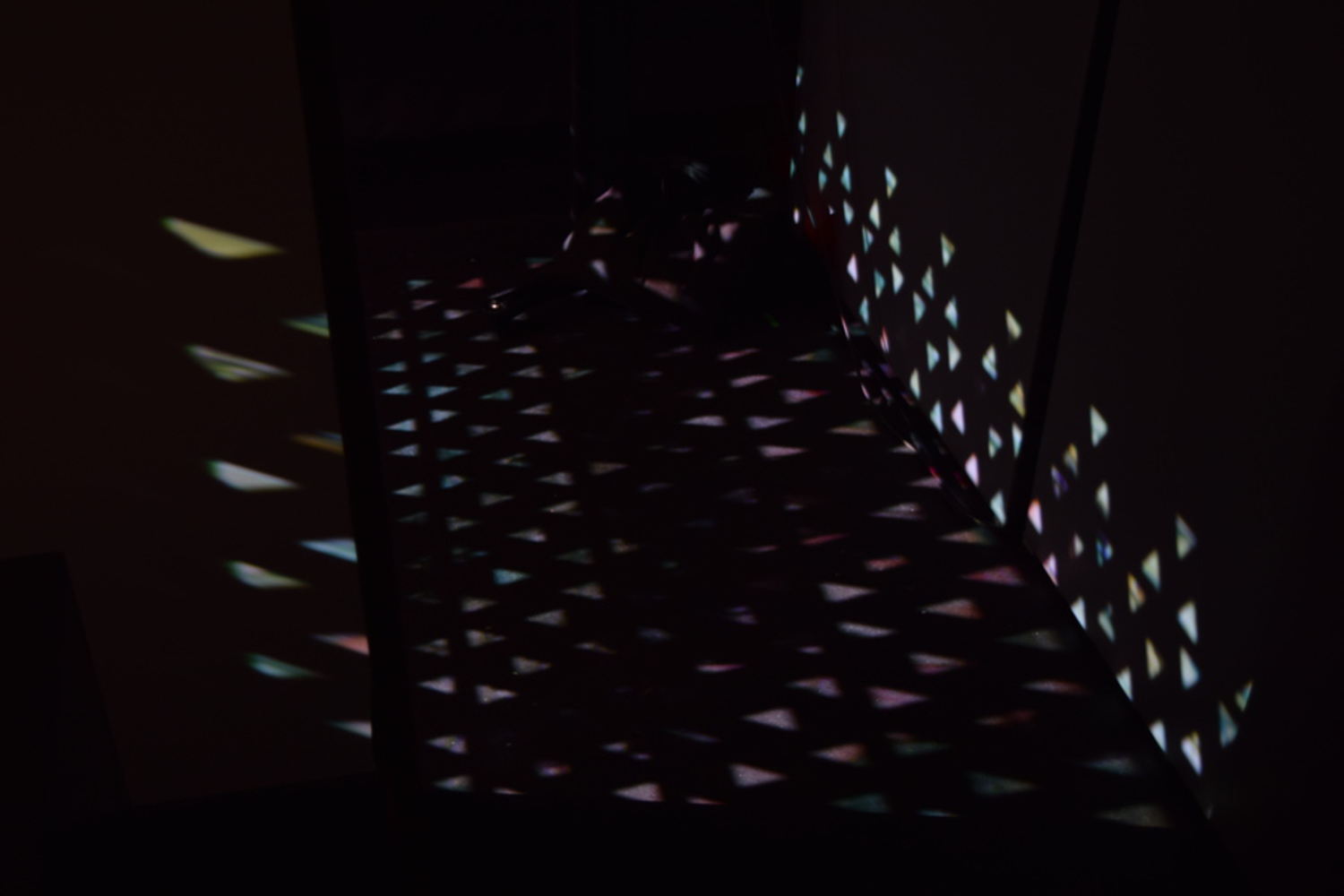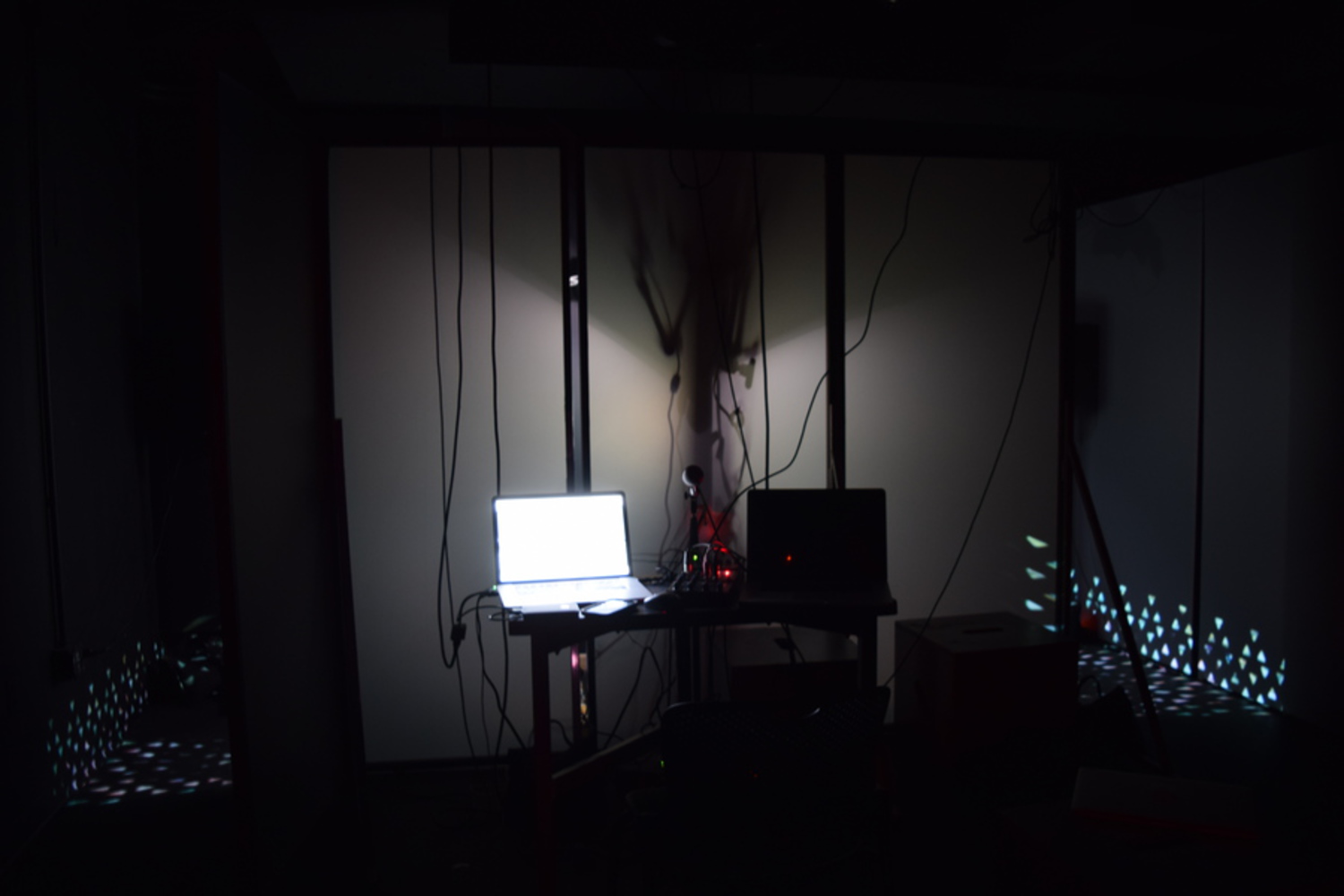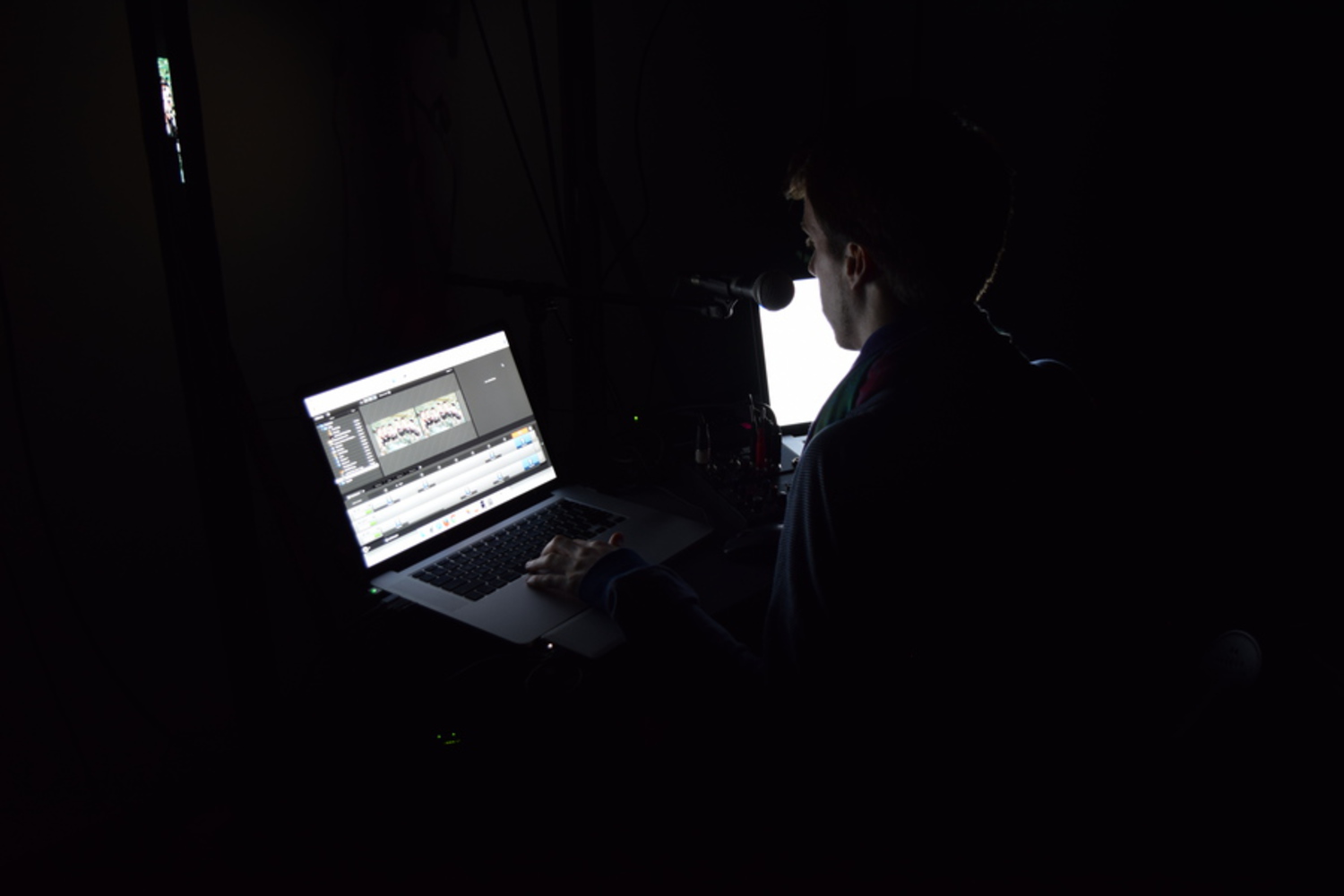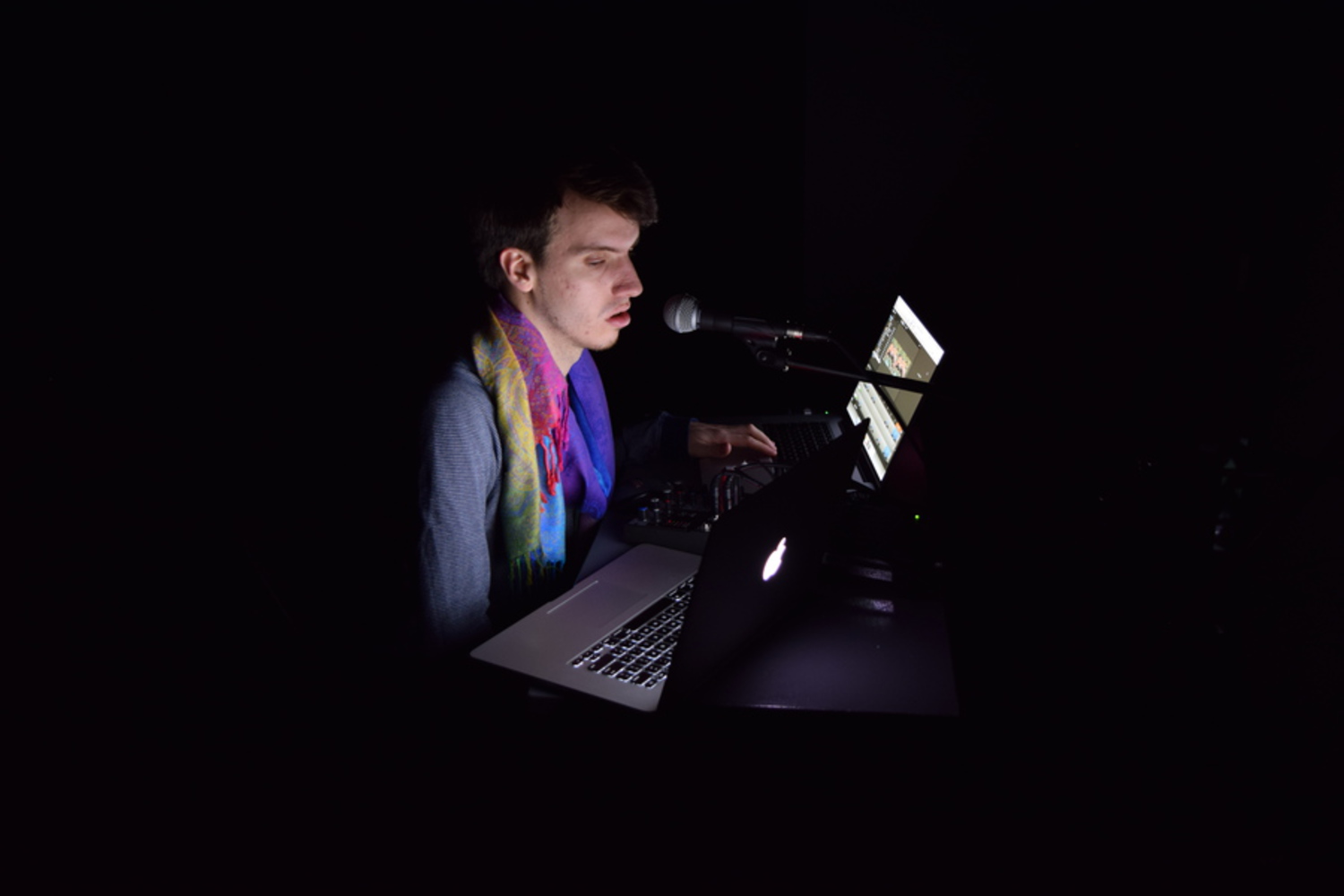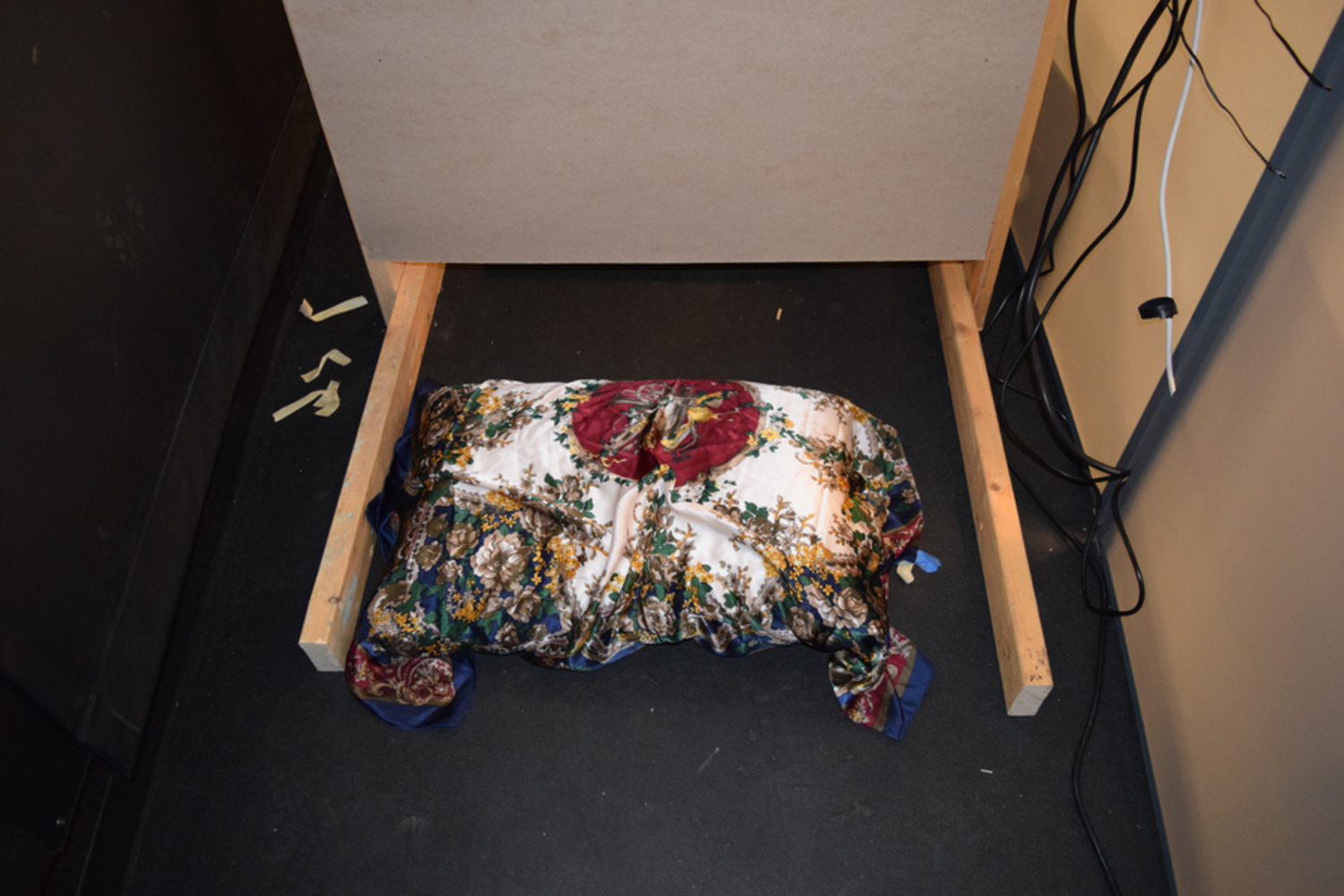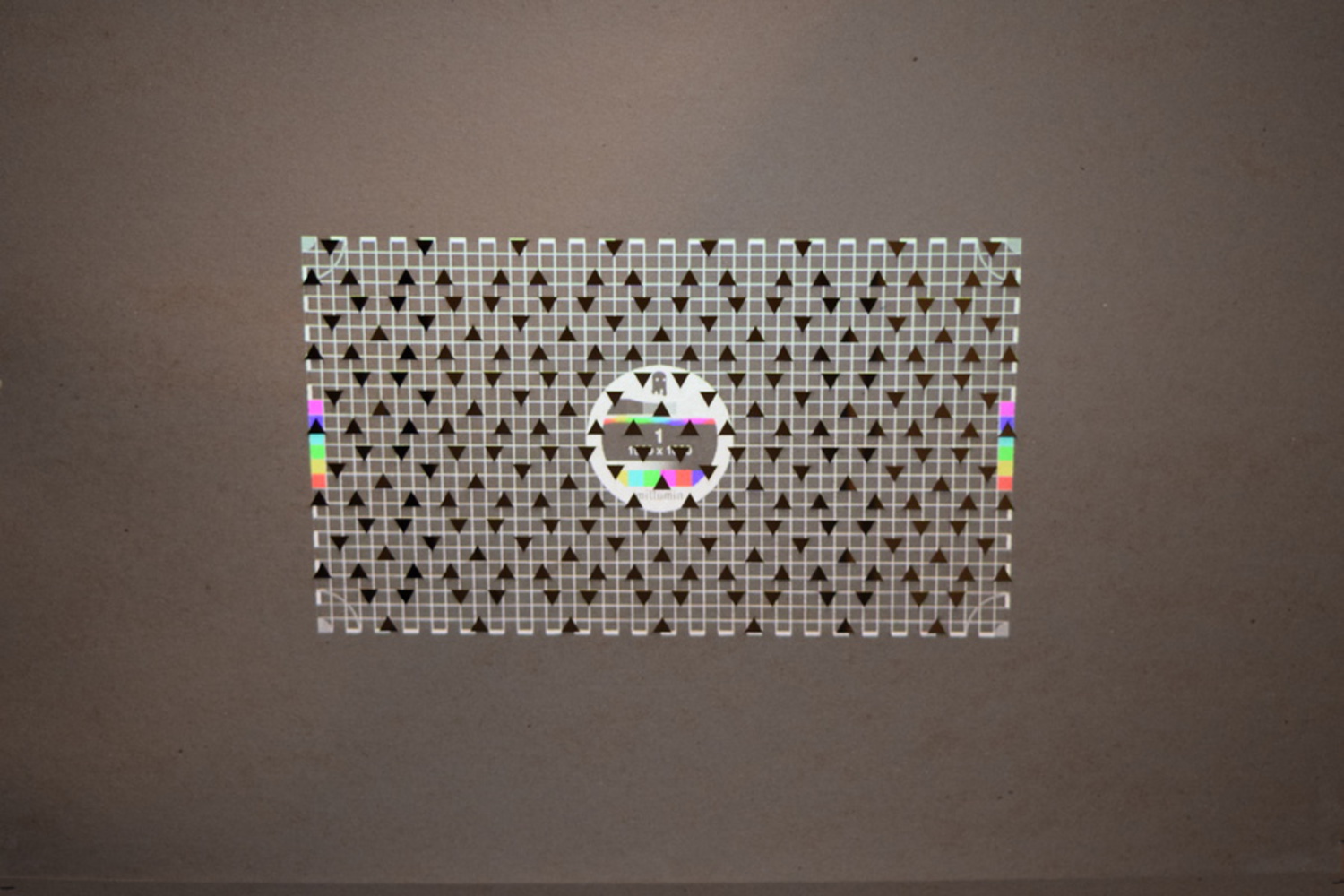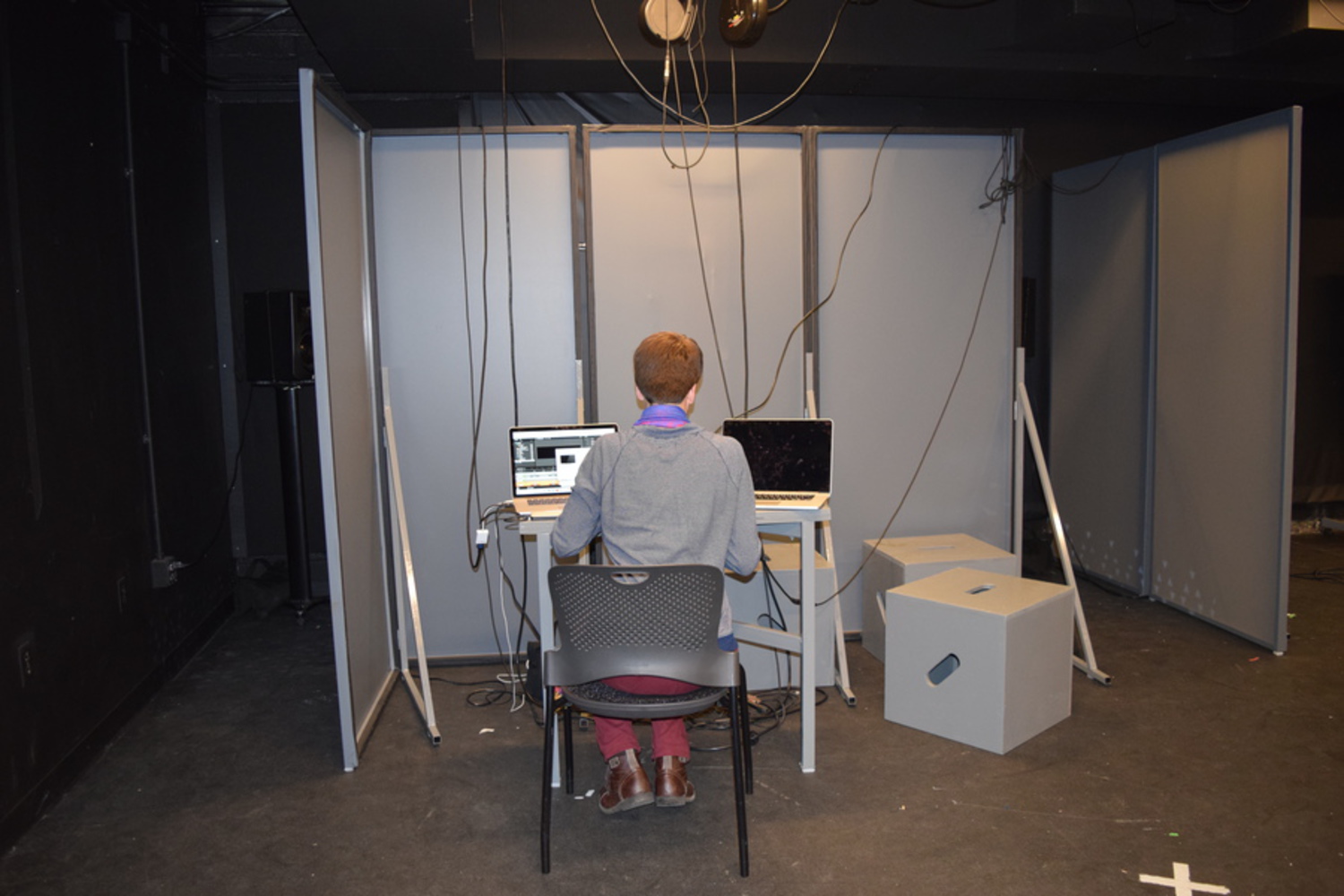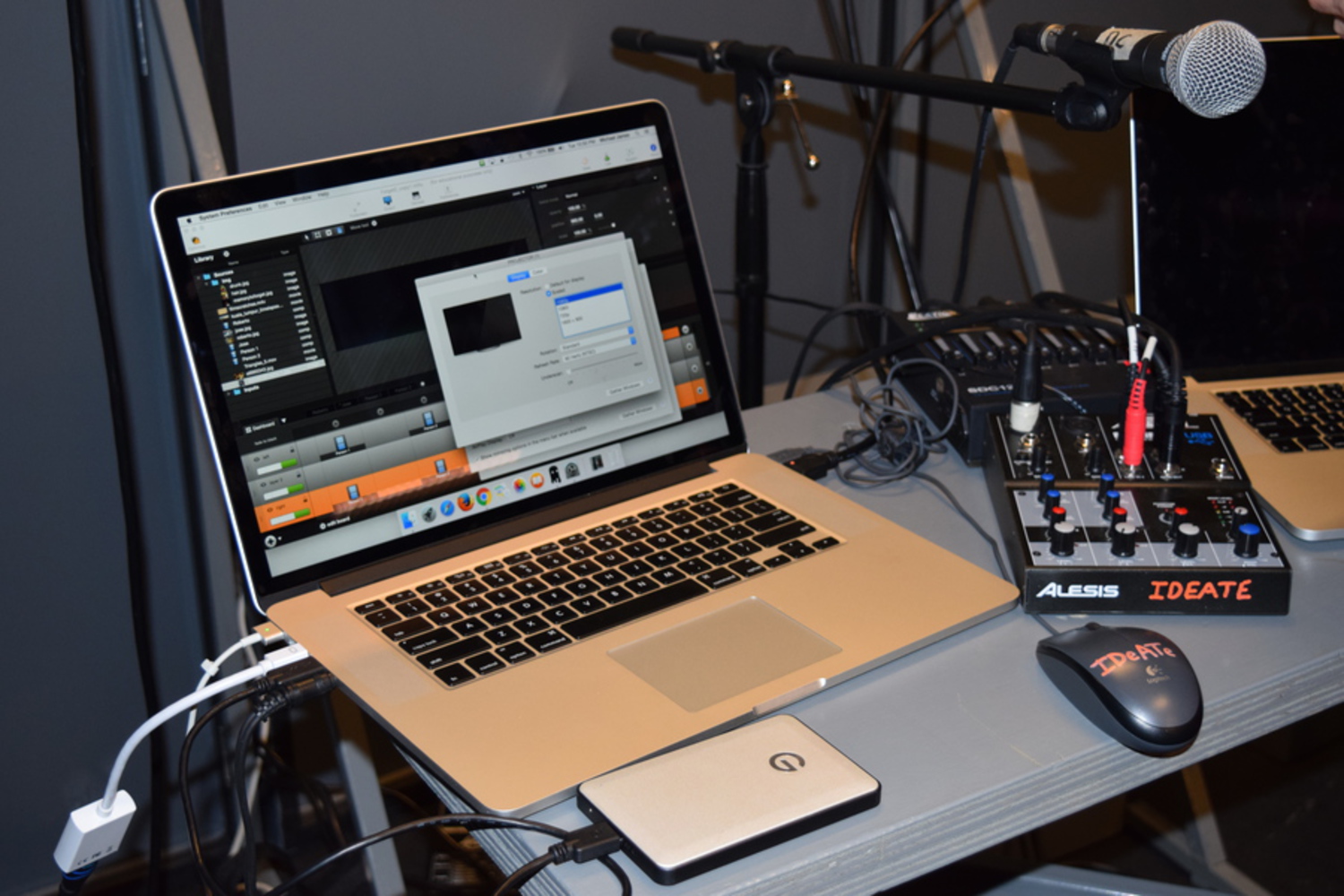Conceptual Design
Our idea was to create an object that would help in the digital erasing of memories associated with embarrassment, humiliation, or degradation. The principle of the design would be in the future when all memories are digitally stored on the cloud, and with this influx in information comes a wanting for some of it to be erased. This is where the Forget Booth would come in, which would enable people to have those memories erased from the cloud and all sources, yet another person would have to be in the booth and be given details/shown the memory to carry with them. The project was very conceptual and experiential, invoking senses associated with confession, meditation, deep thinking, and empathy with the other person in the booth. It is a poetic project, with the idea of you getting your memory erased but then being given the duty of carrying on someone else’s.
Precedents
For this project, we were heavily inspired by the idea of Confessions in churches, and the feeling one has within one of them, the mood, the atmosphere, and the ritual itself of one trying to purge themselves of their sins. We also looked at data to see what kind of memories people are keener to want to forget, which led us to the focus on humiliation/embarrassment. We also studied the size/role of common commodities in society such as phone booths to try to understand what type of role/prominence our idea has.

